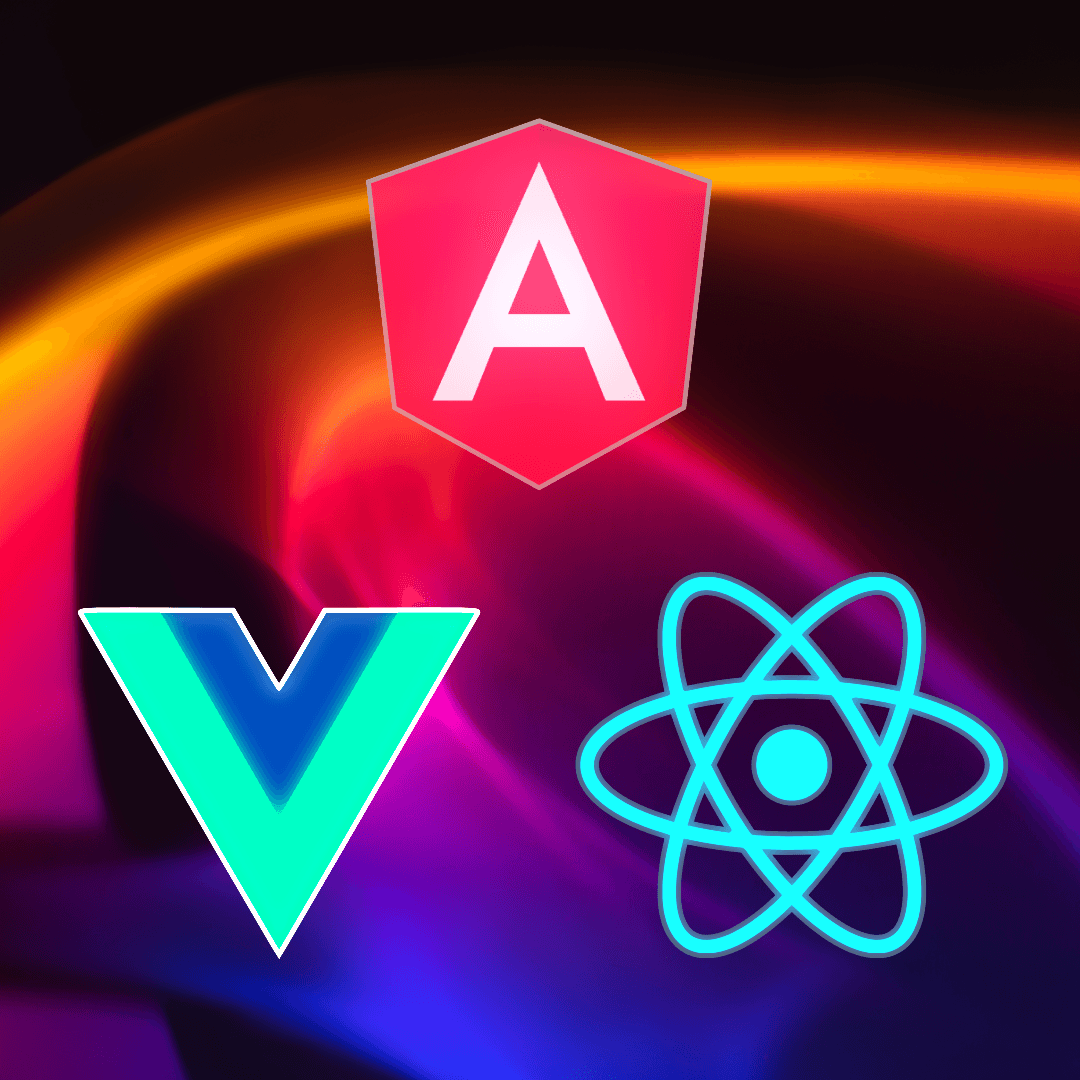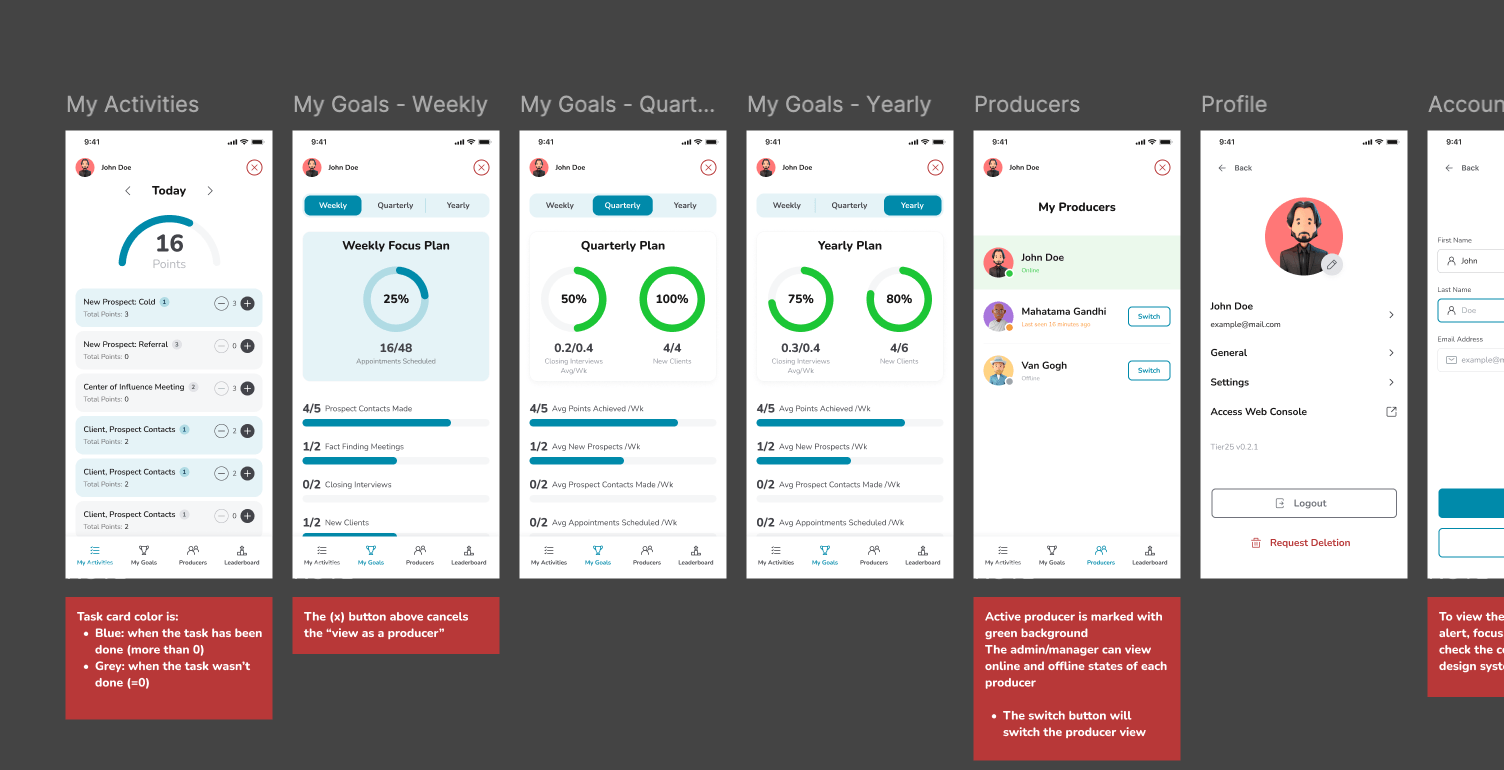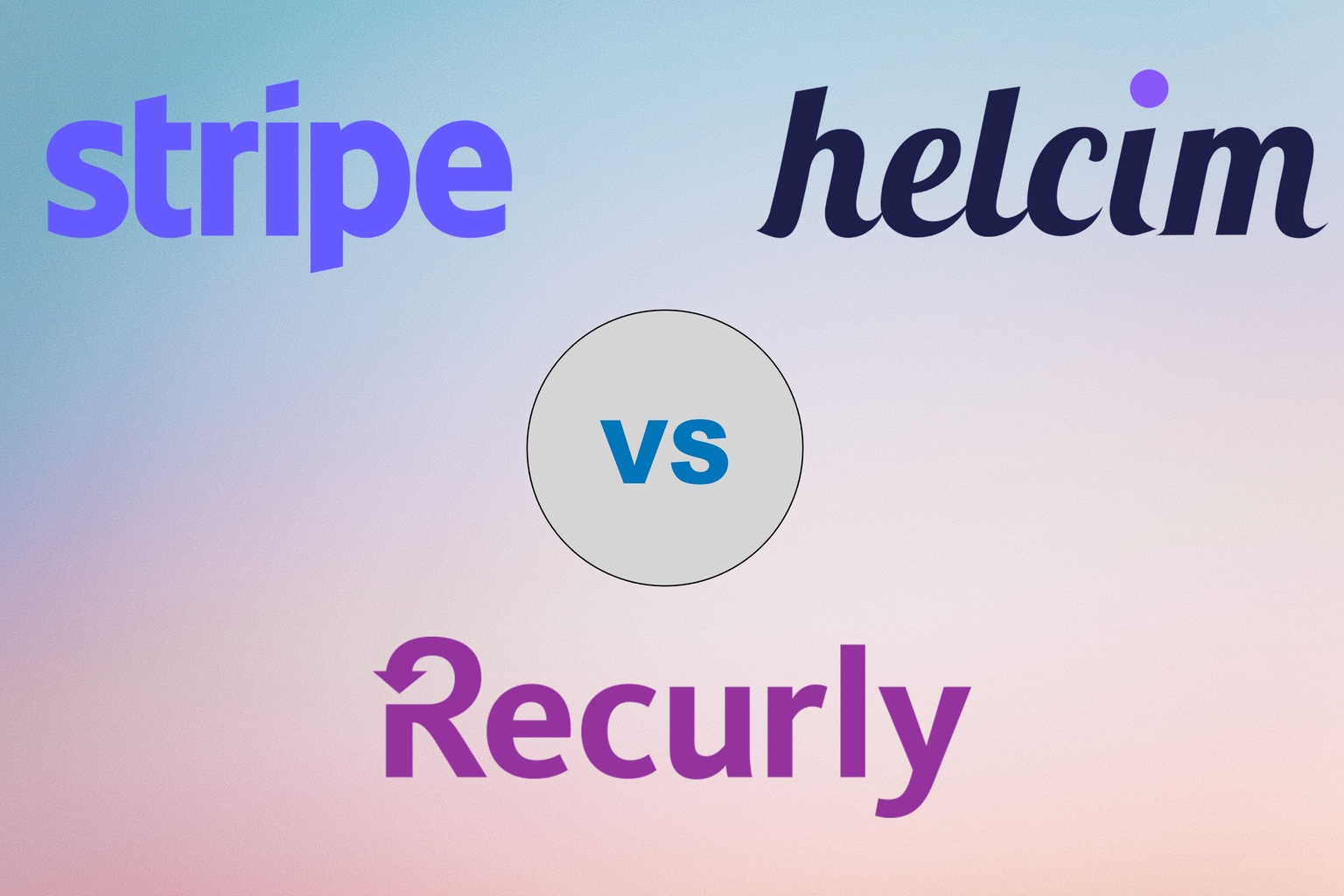Choosing the Right Framework: A Comprehensive Guide for Web Developers

In the ever-evolving landscape of web development, selecting the right framework is a critical decision that significantly influences the success of your project. With a myriad of options available, each boasting unique strengths and use cases, navigating this decision-making process can be challenging. In this comprehensive guide, we'll explore popular web development frameworks, discuss their strengths, use cases, and provide insights on how to choose the most suitable one for your project.
Understanding the Framework Landscape
Before delving into specific frameworks, it's crucial to understand the broad categories they fall into:
Frontend Frameworks:
Examples: React, Angular, Vue.js
Strengths: Efficient UI rendering, component-based architecture.
Use Cases: Single-page applications (SPAs), dynamic user interfaces.
Backend Frameworks:
Examples: Express.js (Node.js), Django (Python), Ruby on Rails (Ruby)
Strengths: Server-side logic, database interactions, routing.
Use Cases: Building APIs, handling business logic.
Full-Stack Frameworks:
Examples: Laravel (PHP), Spring Boot (Java), MEAN/MERN Stack
Strengths: End-to-end development, seamless integration between frontend and backend.
Use Cases: Comprehensive web applications, scalable solutions.
Comparing Frameworks
React (Frontend)
Strengths:
Virtual DOM for efficient rendering.
Strong community support and extensive ecosystem.
Component-based architecture for modular development.
Use Cases:
Ideal for SPAs and dynamic user interfaces.
Great for projects requiring a high level of interactivity.
Angular (Frontend)
Strengths:
Full-featured framework with built-in tools.
Two-way data binding for real-time updates.
Strong support for large-scale applications.
Use Cases:
Suitable for enterprise-level applications.
Projects requiring a robust and opinionated framework.
Express.js (Backend)
Strengths:
Lightweight and flexible.
Extensive middleware support.
Perfect for building RESTful APIs.
Use Cases:
Excellent for projects with a focus on simplicity and speed.
Ideal for microservices architecture.
Django (Backend)
Strengths:
Batteries-included framework with many built-in features.
Follows the "Don't Repeat Yourself" (DRY) principle.
Excellent for rapid development.
Use Cases:
Well-suited for projects with tight deadlines.
Projects requiring a high level of security.
Choosing the Right Framework for Your Project
Project Requirements:
Consider the specific needs of your project, such as scalability, interactivity, and development speed.
Developer Experience:
Evaluate the learning curve and developer experience offered by each framework to ensure a smooth development process.
Community and Support:
A vibrant community and robust support can be crucial for troubleshooting and staying updated with best practices.
Scalability:
Assess the scalability of the framework to ensure it can handle the projected growth of your application.
Ecosystem and Integration:
Examine the available libraries, tools, and third-party integrations to determine if the framework aligns with your project's requirements.
Long-Term Viability:
Consider the longevity and ongoing development of the framework to mitigate the risk of using an outdated or unsupported technology.
Conclusion
In the dynamic realm of web development, there is no one-size-fits-all solution. The key lies in understanding the unique features and strengths of each framework and aligning them with the specific needs of your project. By carefully weighing the considerations outlined in this guide, you can confidently choose the right framework that sets the foundation for a successful and sustainable web development journey.









